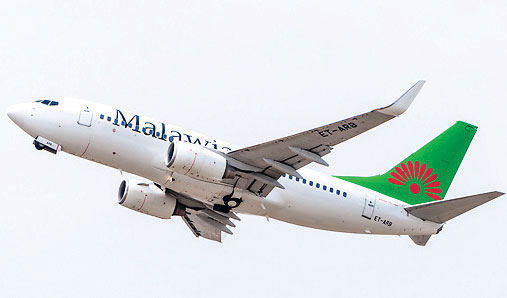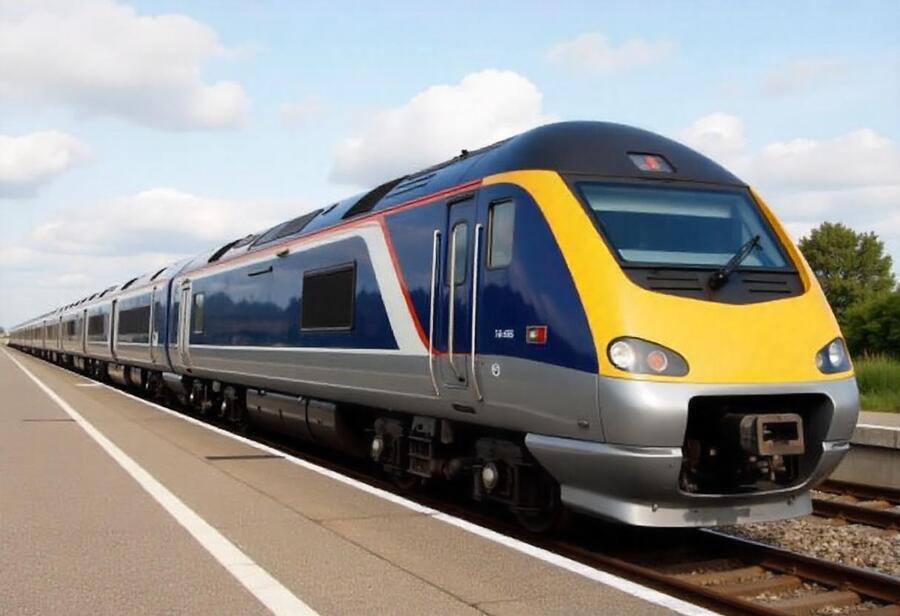Auckland To Sydney Launch Positioned The Boeing 787-9 As The Leading Workhorse Of Long-Distance Commercial Flights Across The Globe


The Boeing 787-9 has become a cornerstone of international aviation, especially on routes like Auckland to Sydney, where efficiency, range, and passenger comfort are critical. As airlines seek to optimize operations on high-demand, mid-to-long haul routes, the 787-9 stands out for its fuel-saving technology, extended range, and reduced environmental impact. Its versatility has made it a favorite for carriers across the globe, with major players like Air New Zealand and Qantas leveraging its capabilities to enhance route profitability and passenger experience. This article explores how the Boeing 787-9 earned its reputation as the workhorse of international routes and why it’s so dominant on key trans-Tasman and global flights.
Since its debut with All Nippon Airways in 2011, Boeing’s 787 Dreamliner family has revolutionized long-haul air travel. Among its several variants, the 787-9 has emerged as the most frequently operated model, cementing its reputation as the global flagship for international routes.
This analysis explores the massive footprint of the 787-9 and highlights how it has become the true workhorse of the skies, relied upon by a vast range of airlines worldwide.
Inside the Boeing 787-9: The Backbone of Global Fleets
The 787-9 is a stretched and more capable version of the original 787-8. With a fuselage extended by approximately 20 feet (6.1 meters), it boasts a higher maximum takeoff weight—up by 54,500 lbs (24,700 kg)—and accommodates more passengers. Remarkably, despite its larger size, it retains the same wingspan as the 787-8. The extra length is achieved by extending the fuselage both in front of and behind the wings by 10 feet (3 meters) each. The result is around 50% design commonality between the two models.
This mid-sized widebody was strategically developed to replace older twin-aisle aircraft like the Boeing 767-300ER and Airbus A330-300. In today’s market, it also goes head-to-head with the Airbus A330-900neo. Though initially slated for entry into service in 2010, the finalized configuration wasn’t locked in until July that year. Deliveries eventually commenced in 2014.
Maiden Flight to Milestone Moments
The first 787-9 prototype took to the skies from Washington’s Paine Field in September 2013. Just two months later, the aircraft had already completed 141 flight hours. In July 2014, Boeing handed over the first 787-9 to Air New Zealand, which commenced commercial operations the following month on the Auckland–Sydney route.
United Airlines followed with a milestone launch of the longest nonstop Dreamliner route at the time—Los Angeles to Melbourne—later that year. But the aircraft’s range capabilities were pushed even further in March 2020, when Air Tahiti Nui operated a record-breaking 8,485 nautical mile nonstop flight from Papeete to Paris using a 787-9.
March 2025 Snapshot: The 787-9 in Numbers
The widespread adoption of the 787-9 is clearly reflected in operational data for March 2025. Across the month, 32,513 scheduled flights will be operated using this aircraft variant, offering a staggering 9,362,546 available seats.
These routes are a mix of long-haul and regional operations, with the average flight stretching 3,747 miles. Each flight typically offers around 288 seats.
The Boeing 787-9 has become the go-to aircraft for international routes like Auckland to Sydney, thanks to its fuel efficiency, long range, and passenger comfort. Airlines worldwide now rely on it as a modern solution for profitable and sustainable long-haul operations.
Sunday stands out as the busiest day for 787-9 operations, with more than 1.5 million passengers flying on over 4,800 flights. In contrast, Wednesday marks the lightest day, yet still sees 4,057 flights carrying about 1.17 million travelers.
The post Auckland To Sydney Launch Positioned The Boeing 787-9 As The Leading Workhorse Of Long-Distance Commercial Flights Across The Globe appeared first on Travel And Tour World.
What's Your Reaction?
 Like
0
Like
0
 Dislike
0
Dislike
0
 Love
0
Love
0
 Funny
0
Funny
0
 Angry
0
Angry
0
 Sad
0
Sad
0
 Wow
0
Wow
0














































